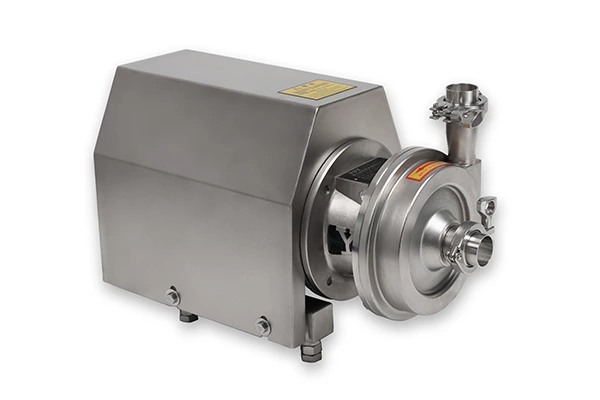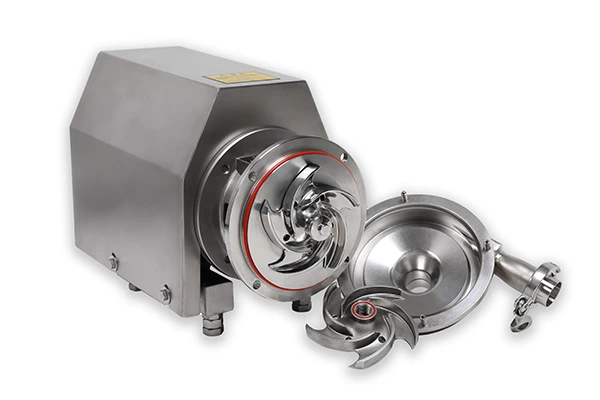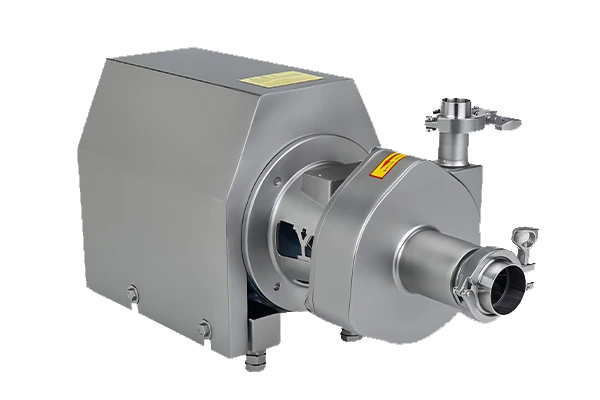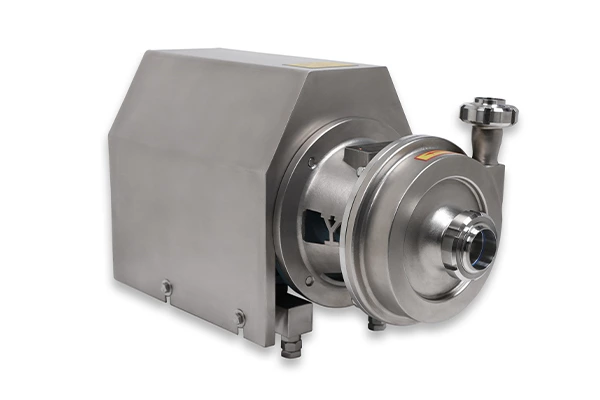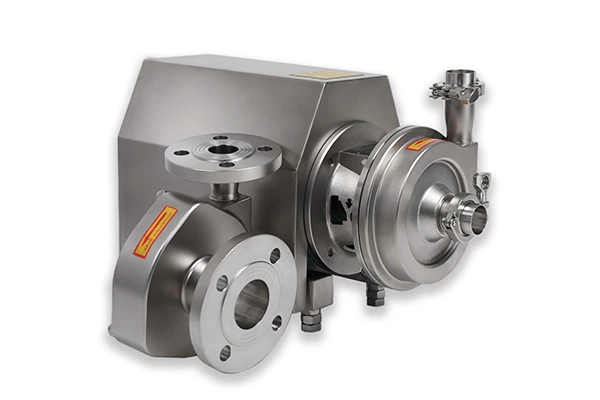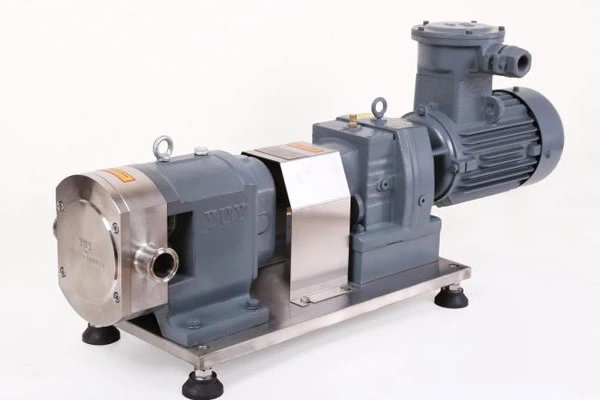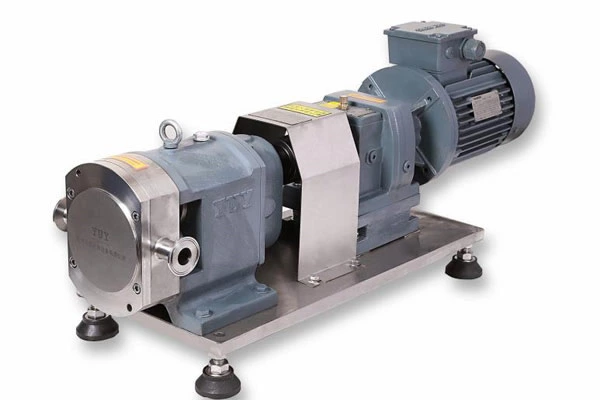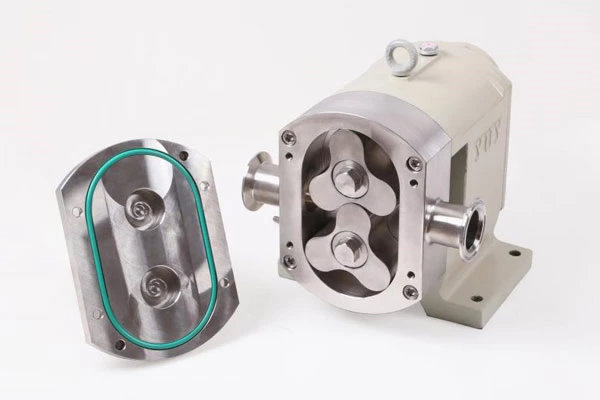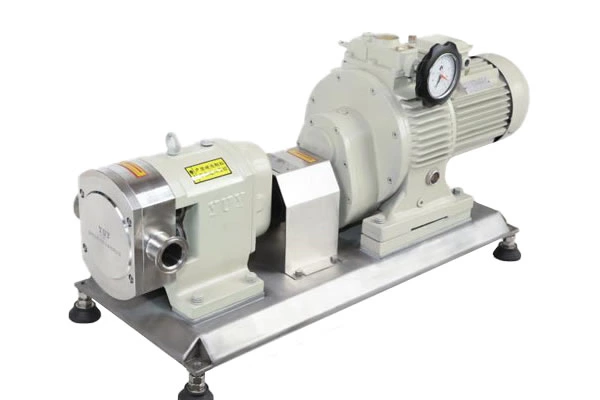The Difference Between Self-priming Pumps And Sanitary Centrifugal Pumps
The main difference between the self-priming pump and Sanitary Centrifugal Pump is that the self-priming pump does not need to install a bottom valve on the inlet pipe. After the first filling of the water, the water can be sucked up, and no more water is needed in the future. The pump body is much larger than the sanitary centrifugal pump and has its own water storage function. It has the function of self-priming for life after one-time water diversion.
The sanitary centrifugal pump plays the role of boosting. The liquid level must be higher than the pump to be able to flow into the pump body before it can be started. If the liquid level is lower than the sanitary centrifugal pump, only the bottom valve can be installed at the inlet pipe suction port to fill the pump and the pipe with liquid to achieve the self-priming function, or install a water diversion cylinder at the inlet. For example, if the centrifugal pump has not been working for a long time, the water in the inlet pipe and the pump body is basically gone when it is started for the second time. It has to be filled with water again, which is more troublesome in operation. Because the seal of the inlet bottom valve of the centrifugal pump that has not been used for a long time cannot achieve a completely sealed effect, the liquid will slowly leak back to the pool, so the self-priming pump is better than the centrifugal pump when the self-priming function is required.
Both self-priming and centrifugal pumps adopt the pump body structure of axial liquid return. The centrifugal pump body consists of a suction chamber, a liquid storage chamber, a vortex chamber, a liquid return hole, a gas-liquid separation chamber, etc. After the centrifugal pump is started normally, the impeller sucks the liquid stored in the suction chamber and the air in the suction pipe together, and they are completely mixed in the impeller. Under the action of centrifugal force, the liquid entrains the gas and flows to the outer edge of the vortex chamber, forming a white foam belt of a certain thickness and a high-speed rotating liquid ring on the outer edge of the impeller. The gas-liquid mixture enters the gas separation chamber through the diffusion tube.
At this time, due to the sudden decrease in flow rate, the lighter gas is separated from the mixed liquid, and the gas continues to rise and discharge through the pump body outlet. The degassed liquid returns to the liquid storage chamber and enters the impeller again through the reflux hole, and mixes again with the gas sucked from the suction pipe inside the impeller. Under the action of the high-speed rotating impeller, it flows to the outer edge of the impeller... As this process continues over and over again, the air in the suction pipe continues to decrease until the air is sucked out. The self-priming pump completes the self-priming process and the centrifugal pump is put into normal operation. Because the centrifugal pump has this unique exhaust capability, this self-priming pump can transport liquids containing gas without installing a bottom valve, and has a good tank sweeping function when used on cruise ships.
